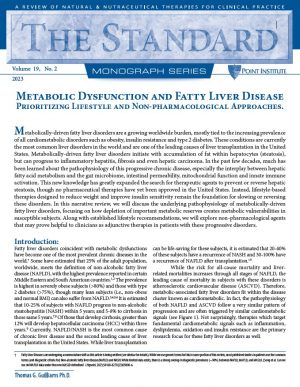Description
Helping a person attain an optimal status for each essential nutrient is the theoretical goal of dietary and nutritional interventions. However, even if this were achievable, this goal is complicated by various disputes about how one defines “optimal” nutrient status for each of the important dietary nutrients. Yet, because most individual and population-based nutrient recommendations are based upon intake levels, it is often assumed that if a person’s estimated intake of a nutrient is above the recommended amount, they must have an adequate (or even optimal) nutrient status; an assumption that is often incorrect for numerous reasons. Therefore, clinicians must first distinguish between definitions of nutrient intake and those that define nutrient status; including the many ways that the relationship between these two measures can be disrupted. One important dynamic that prevents the adequate intake of a nutrient from resulting in an adequate status is interactions with over-the-counter or prescription medication, what is usually called a drug-induced nutrient depletion (DIND). This monograph, which is designed to serve as a quick reference guide, will list some of the most common and important DINDs for which the clinician should be aware.








